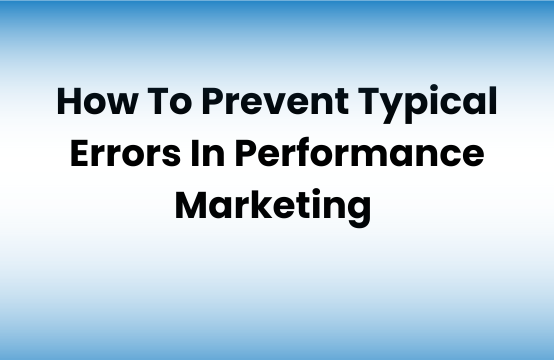Google Ads is a powerful platform for performance marketing, offering businesses the ability to target specific audiences and achieve measurable results. Whether you’re new to Google Ads or looking to enhance your existing campaigns, this guide will provide you with the insights and strategies you need to succeed.
Introduction to Google Ads
The internet advertising network Google Ads, formerly known as Google AdWords, was created by Google. Within the Google ad network, advertisers pay to display to online users brief adverts, service offerings, product listings, and video content.
Key Components of Google Ads
- Search Ads: Show up on Google search results pages when visitors type in particular terms.
- Display Ads: Visual ads that appear on websites within Google’s Display Network.
- Video Ads: Ads that play before, during, or after videos on YouTube and other Google video partners.
- Shopping Ads: Product listings that appear in Google Shopping and Google search results.
- App Campaigns: Promote your app across Google’s network, including Search, Play, YouTube, and the Display Network.
Step-by-Step Guide to Setting Up Google Ads
Step 1: Create a Google Ads Account
- Click “Start Now” after visiting the Google Ads homepage.
- Follow the prompts to create your account, entering your business and payment information.
Step 2: Define Your Campaign Goals
- Choose a campaign goal that aligns with your business objectives, such as sales, leads, website traffic, product and brand consideration, or brand awareness and reach.
Step 3: Choose Your Campaign Type
- Choose the campaign type that best aligns with your objectives. For instance, choose “Search Network” if you want your ads to appear in Google search results.
Step 4: Set Your Budget
- Determine your daily budget, which is the average amount you’re willing to spend per day on your campaign.
Step 5: Select Your Bidding Strategy
- Based on the objectives of your campaign, select a bidding strategy. Options include Cost Per Click, Cost Per Thousand Impressions, and Cost Per Acquisition.
Step 6: Define Your Target Audience
- Use Google’s targeting options to define your audience by location, language, demographics, and interests.
Step 7: Choose Keywords
- Find out which terms your potential consumers are searching for by conducting keyword research. Make use of resources like Google Keyword Planner to find relevant terms.
Step 8: Create Compelling Ads
- Write engaging ad copy that includes your keywords. Ensure your ads have a clear call-to-action (CTA) and highlight the unique value proposition of your product or service.
Step 9: Set Up Ad Extensions
- Ad extensions can be used to offer more details and improve the exposure of your advertisement. Call extensions, location extensions, and site link extensions are examples of common extensions.
Step 10: Monitor and Optimize Your Campaigns
- Use the analytics features in Google AdWords to monitor the effectiveness of your ads.. Monitor key metrics such as CTR, conversion rate, and ROAS, and make adjustments to optimize your ads for better results.
Best Practices for Google Ads Performance Marketing
- Use Negative Keywords: Identify and exclude keywords that are not relevant to your business to avoid wasting your budget on irrelevant clicks.
- Optimize Landing Pages: Ensure your landing pages are relevant to your ads and provide a seamless user experience.
- A/B Test Ads: Continuously test different versions of your ads to determine which performs best.
- Leverage Remarketing: Use remarketing campaigns to re-engage users who have previously interacted with your website or ads.
- Analyze Competitors: Keep an eye on your competitors’ ads and strategies to identify opportunities and stay competitive.
Google Ads is an essential tool for performance marketing, offering precise targeting and measurable results. By following this ultimate guide, you’ll be equipped to set up, manage, and optimize your Google Ads campaigns effectively. Remember to continuously analyze and refine your strategies to maximize your ROI and achieve your marketing goals.
Do check out my last blog on How to become a performance marketer in 2024 & What Are The Top Metrics In Performance Marketing & How To Improve Them








